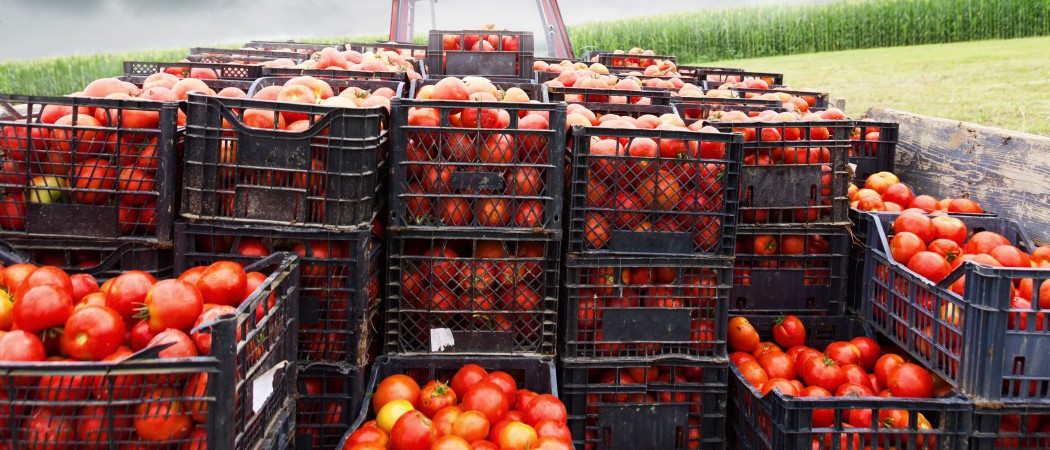The incredibly shortened timelines in the food distribution business is creating challenged as the industry is growing and becoming more and more bulk oriented. Long gone are the days when things were done manually, and human intervention was considered necessary. Technology is thoroughly present in every aspect of food distribution and making it possible to do things a lot faster. However, this exponential increase in speed has also created its own set of challenges, even with all the speed and automation it provides. Here are a few things that we believe are currently the biggest problems that the food distribution industry is facing.
Food Freshness
One of the biggest challenges that food distribution centres have is the handling of fresh foods. Perishable items are only managed properly when their journey is as short as possible. Manual operations are often facing a lot of issues in the storage and management of perishable goods. Even with orders coming in quickly, it is simply impossible to make sure that the products go through a minimum shelf time and are as fresh as possible when the customers reach it. To combat this problem, a Spanish company named Mercadona has introduced a new system that uses robots to manage all the fresh food inventory for the supermarket. They are efficient and can be tracked as well for maximum convenience. The automation of the whole process allows them to get any order packed and ready to go in less than six hours! This is how they manage more than 300 SKU on 30,000 crates every single day without any problems.
Seasonal Demand Changes
As is the case for any food item, the demand for a lot of food items fluctuates during the year. During times when they are in season means people will want to get more of those items and then the demand will fall as the season ends. This can hugely impact supply chains as they try to utilise their warehouse space and distribution elements for other purposes. To deal with the changing volumes, you also need to make sure you have sufficient people to meet the demands at the warehouse, and in distribution. This is where manual work also fails as sudden changes in demand may mean that you may not have sufficient staff to complete the order in time. Automation can vastly improve the situation and a lot of companies are actively looking for such solutions.
More Unique Items
The demand for more and more flavours and cultural mixing is probably the biggest impacting factor to food distribution businesses, especially the small ones. Keeping up with new food ingredients constantly can put a lot of strain on warehouses and manual labour is simply not cut out to meet the brutal demands it can create. A lot of well-known companies that have grown large in the recent years are turning towards robotics and line automation to meet with such demands and while it is not perfect still, it is certainly creating a huge difference in the efficiency and customer satisfaction level of people getting food items from those distribution centres.











